ORIGINS (5000000 years ago)
When the first traces of the human race appeared (Australopthecus and Homo Habilis), there wasn´t any architecture yet.
PALEOLITHIC PERIOD (1600000-200000 BCE) – Homo Erectus
The discovery of fire involved the appearence of the sense of home. This drove to which is considered to be the beginning of architecture, the spring campsites of hunters (Terra Amata). It was composed by oval plant huts from 8 to 15 metres long and from 4 to 6 metres wide. The walls were made out of branches and were surrounded by aligned stones.

PALEOLITHIC PERIOD (100000-40000 BCE) – Homo Neandertalensis
The Homo Neandertalensis inhabited caves and were the beginning of symbolic terms. They built graves, which shows that they had a belief about the continuity of life after death.
PALEOLITHIC PERIOD (40000 BCE) – Homo Sapiens (Great intelectual capacity)
Eastern Europe huts appeared. They had a circular plant, domed form and were covered with animal skins. These dwellings must have housed large family groups judging by their size (up to 9 members)
NEOLITHIC PERIOD (8000-4000 BCE)
Agriculture and sedentary lifestyle arrive, leading to a new concept of dwelling houses, the permanent ones. More different and complex buildings start to appear, like the ones in Catal Huyuk (Turkey). In that settlement, once a vital node of the comercial network, we can appreciate rectangular constructions, clustered together but separated by a ground yard.

· Ground floor and 1st floor were connected with a ladder.
MESOPOTAMIA (4000-3000 BCE)
·Characterized for the use of writing and their permanently inhabited cities.
“Ziggurats“: stepped and pyramidal towers , which are the most characteristic buildings of Mesopotamia. Made out of raw, sun-dried adobe bricks covered of fired brick → A bituminous material as mortar provided high resistance to their constructions.
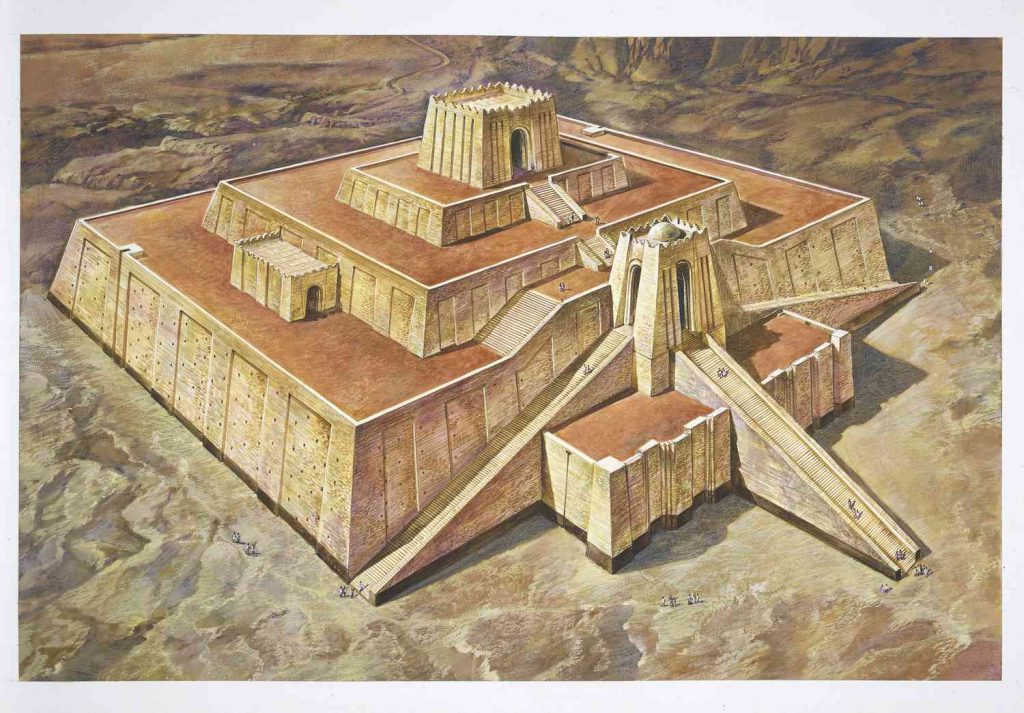
· There were temples built on top of natural or artificial platforms, inspired by gods and religion..
EGYPT (2500 BCE)
· Developed around the Nile river, life was peaceful and of high quality. The river and the sun marked the two main axes for this civilization. (City of Lahum)
Temples → Most important public buildings, considered the house of gods. It represents permanence and immunity, so they were built mostly using stone. (Luxor Temple)
Pyramids → Obsessed with life, the cult to death was reflected in this buildings. The architect Imhotep (27th Century BCE) invents the stepped stone pyramids, starting from the mastaba shape. He also changed materias from adobe to the before mentioned stone (limestone).
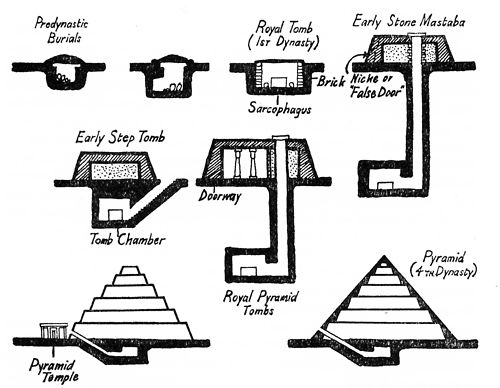
ANCIENT GREECE (1200-146 BCE) → Exaltation of human capabilities.
· Greek architecture expresses equilibrium between vertical (pillars and columns) and horizontal (beams of the entablature) load-bearing elements. They thought this was the best method to satisfy their gods.
Greek Cities (Polis)→ Grid-based plot with buildings organised in zones with different functions. There was an open meeting area called Ágora.
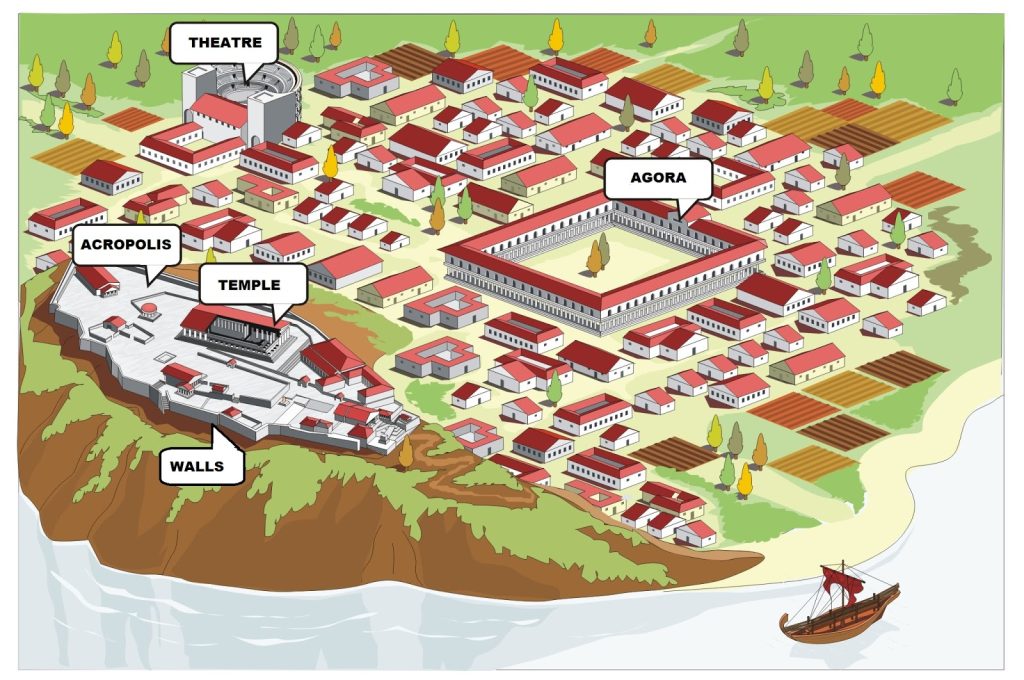
· Ágora: First configurated by private buildings, then by stoas (public buildings with long porticoes)
· Temples: Most important building in the city. They have a nucleus called cella and were firstly built with wood. Their interior was not public and had a facade with maximum artistic and detail attention. About composition, they are close to great technical perfection, creating visual harmony. (The Parthenon → Doric temple with 8 perimetral columns all around the building)
· Theater and Stadium: Public spaces
- Stadium→ Not only for entertainment, but also for sporting events.
- Theaters→ Located on the slope of a hill and had a perfect view of the whole polis. Harmonious proportions and excellent acoustics and capacity.
· Houses:
Balanced with the landscape. Simple, with a central court yard (peristyle), around where rooms were located. There are no Greek houses left in good conditions.
ROMANS (1100 BCE- 476 CE) → 753 BCE Rome foundation
Their architecture was universal. Due to the discovery of concrete, they created new forms and were able to experiment with interior spaces, light and shadows. Between their most singular technical advances are: arches, vaults and domes. The Roman architecture relates to their three ideals Stability, Functionality and Magnificence.
· Temples: Greek order developed with freedom, Doric, Ionic and Corinthian + Tuscan and Composite. Some new elements added such as a Podium or the Preudoperiptera (lateral columns not attached to the walls). They experimented plants. (Pantheon of Rome → dedicated to all gods, it had an opening letting the weather enter the building).
· Civil works: sewage networks, aqueducts, roads, bridges and walls.
· Commemorative Buildings:
- Triumphal Arches → Detailed (Arch of Constantine)
- Commemorative Columns → To commemorate events (Trajan’s Column)
· Public Buildings:
- Thermal Baths→ Social role with so many functions. It contained: Apodyterium, Tepidarium, Caldarium, Frigidarium, Notatio, Palaestrae.
- Theater → Greek model derivation. Its parts were: Scoenae, Orchestra, Cavea.
- Circus → Were the simile to Greek Stadiums (Circus of Valentia)

· Private Buildings:
- Domus → Houses of rich or important families. Impluvium (small pound to collect water), Culina (Kitchen), Trilinum (Dinning room). They were decorated with paintings, mosaics and sculptures.
- Insula → Houses of the plebeians. They included between 3 and 4 floors, which were divided in different flats. These buildings were made built with low quality materials such as wood.
· Cities:
Orthogonal planning, derived from the camps (Castrum). Its shape was more or less the form of a rectangle. The heart of the city was the Forum.
DECLINE AND FALL (395 CE)
· 476 CE – Western Roman Empire disappears.
Very few public buildings are built in this period.
· Christianism – The only important architecture are churches.
The classical language of architecture gets paralyzed.
HIGH MIDDLE AGES – 6th Century (The Bizantine)
Great Palace of Constantinople (Palatium Magnum) —> Fortified complex with palaces, military installations,…
· Hospices, Hospitals and orphanages are built.
· Roads are modified to connect the main religious buildings.
·Stone was widely used, usually expelled to the oldest buildings, due to the hurry to construct or to save on materials.
HAGIA SOPHAA

Justinian’s rule
(Artistic and technical achievement)
It represents the union between the Empire and the Church. It’s a combination of the central plan of roman buildings and roman basilicas. 17 floors (55.5 m). When being built, large cracks appeared, so it was reinforced with buttresses.
Military Architecture
Through the pass of time, cities become smaller → Concentrate the resources and defend better
A defensive Lifestyle is acquired.
PREROMANESQUE
Reflects the transformation into a pyramidal system of vassalage. Its also the appearance of castles as we know them.
· Santa María del Taranco, Asturias
THE LOMBARDS (6-8th Century)
This society was very keen on gold smith. Their architecture is characterized for the huge amount of architectural elements and decorations.
THE VISIGOTHS (7-8th Century)
Model of traditional Roman Basilica, smaller churches. (San Pedro de la Nave, San Juan de Baños). · As main characteristics: Horshoe arch, Corinthian capitals, stone walls without buttresses and wooden roofs.
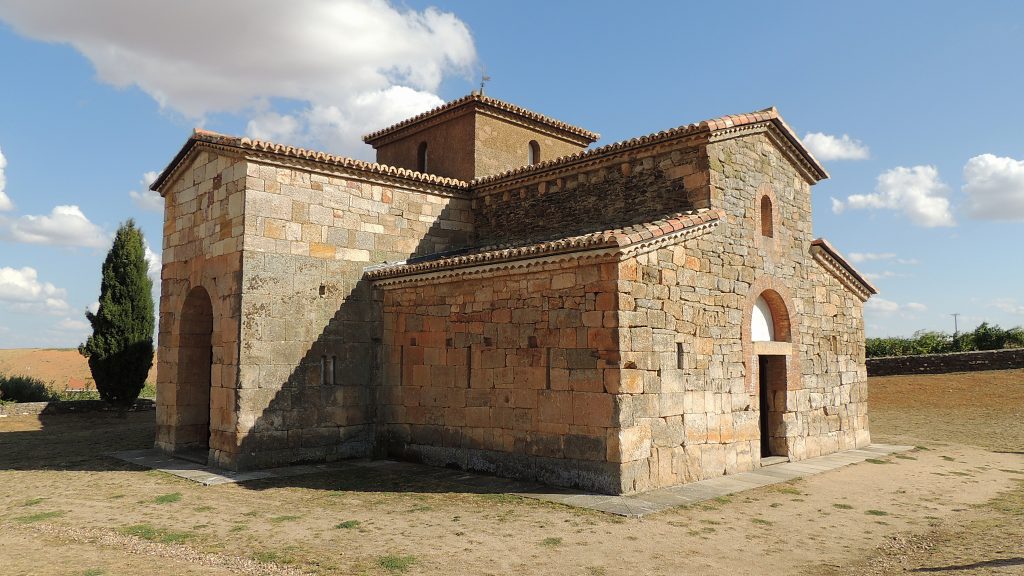
CAROLIGIAN EMPIRE (9th Century)
Wanted to reaffirm classical art and recreate Roman Empire. “Renovatio” Monasteries Monumental buildings such as palaces, cathedrals or monasteries were built again.
“Palatine Chapel” → Roman, Paleo Christian, Byzantine and Lombard influence.
⇩
“Westwerk” → Very high buildings, attached ro churches’ entrances and that try to recreate a monumental facades.
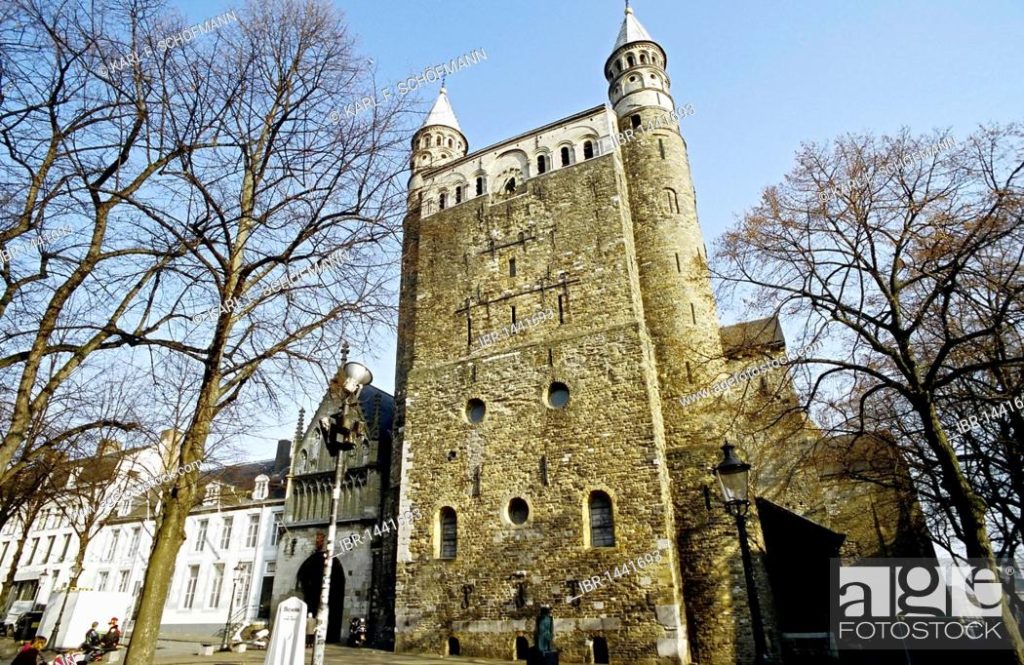
THE SAXONS (Otonians) – Holy Roman Empire (9-10th Century)
Construction of religious buildings → abbeys and cathedrals → Westwerk and Double apses.
ISLAMIC (Al-Andalus, 8-15th Century)
Traces of many fortressed as well as the urban layout.
Towers → are defensive elements, but also viewpoints over the landscape.
Water routes → get much more importance.
Marques – Places for praying and gathering- Baths (Hamam) for religious and hygienic purposes. (Baths of Jaén)

Ornamentation – Create an atmosphere through light and color.
ROMANESQUE (10-12th Century)
It’s associated with the art of the Normans.
· Large presence of monasteries, abbeys, hospitals.
· Architecture and art are full of symbolism and lose realism (all symbols were delicately introduced by sculpting capitals.
· Religious Buildings → Large masses and heavy proportions, normally based on a semicircular arch.
- “The Mistic Mill”, Vélezay Abbey, France
- Castle of Loarre, Huesca
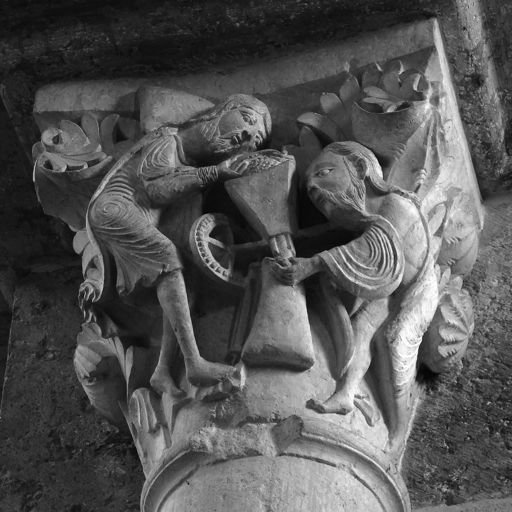
GOTHIC (12-13th Century)
Cathedrals
- Pointed arches and ribbed vaults
- Stained glass windows
- Buttresses, pinnacles, needles → Effect of verticality
- Decoration: frescoes directly painted on the stone
Civil Buildings
- Town halls, stately places, universities, fortresses, bastions, bridges, bell towers, shipyards.
- Markets for professional guilds
- Stately places → Ducal Palace of Venice

- City councils → Bruges (Brabantine Gothic)
RENAISSANCE
Plato’s ideal figures ~ Symmetry and Proportion
The new Architecture had to be rationally understandable, formed by planes organised by clear numerical proportions
Filippo Brunelleschi (1377 – 1446)
Architect, humanist, sculptor,…
- He rediscovered the laws of perspective
- His best-known work is the Dome of Florence’s Cathedral (the largest in the world). His project could be made without any shoring
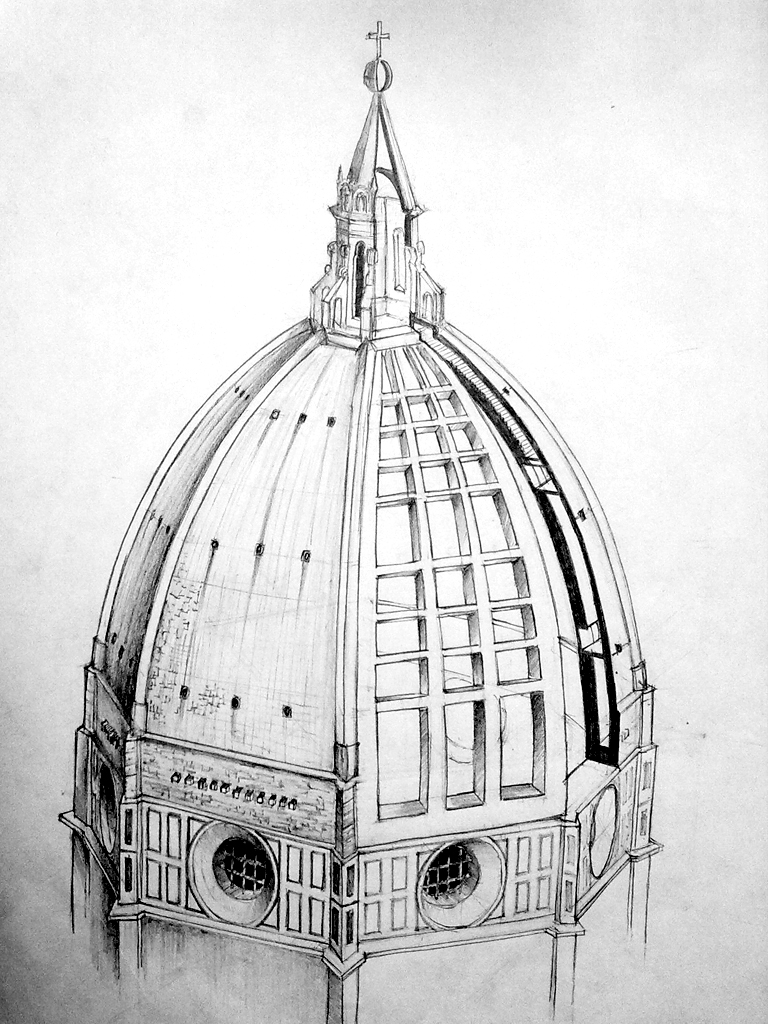
Leon Batista Alberti (1404 – 1472)
Great architecture in both theory and practice. He made architecture to be considered as a science and not just handwork.
He created a very powerful tool, “Velo Albertiano”

- Malatestian Temple
Mannerism → maintaining the classical architectural norms and elements, variations and derivations began to be made.
Andrea Palladio (1508 – 1580)
He wrote plenty of books about the new architectural trend, in which he analyzed classical orders, patterns and mathematical proportions.
- Villa Capra (Vicenza, Italy)
- Basilica of Saint Giorgio
- Olympic theatre and the Basilica of Vicenza
Michelangelo (1475 – 1564)
Reflects the transition between Renaissance and Mannerism.
- Laurentian Library: curves and right angles, concave and convex shapes
- Redevelopments of the Capitoline Hill (Campidoglio): he designed a urban route creating a trapezoidal space, which reinforces the axis of a great staircase
BAROQUE (17-18TH Century)
Term from “barrueco”, meaning imperfect pearl
It’s relevant due to the manipulation of light, colour and sensual details. It supposes a spatial liberation and the focus was on the visual effect and ornamentation.
In artistic expression: fantasy, mutability, asymmetry, use of light, water and movement
In urban plannings: use of vanishing points
Gian Lorenzo Bernini (1598 – 1680)
Architect, sculptor and painter. Heir of Michelangelo’s sculptor.
- Cornaro Chapel → Fresco illusionist (warm, shimmering color tones; contrast of light and darkness)
- Chair of Saint Peter

Francesco Borromini (1599 – 1667)
Simple geometry elements, triangles, circles and ellipses
- San Ivo alla Sapienza → Star of David
- Palazzo Spada → false perspective (real 8m – illusion 37m)
ROCOCO (18th Century)
Neoclassical Style
- Linked to the idea of public service and educational functions
- As well as the agora, configuration by “stoas“, large and elongated public buildings with arcades.
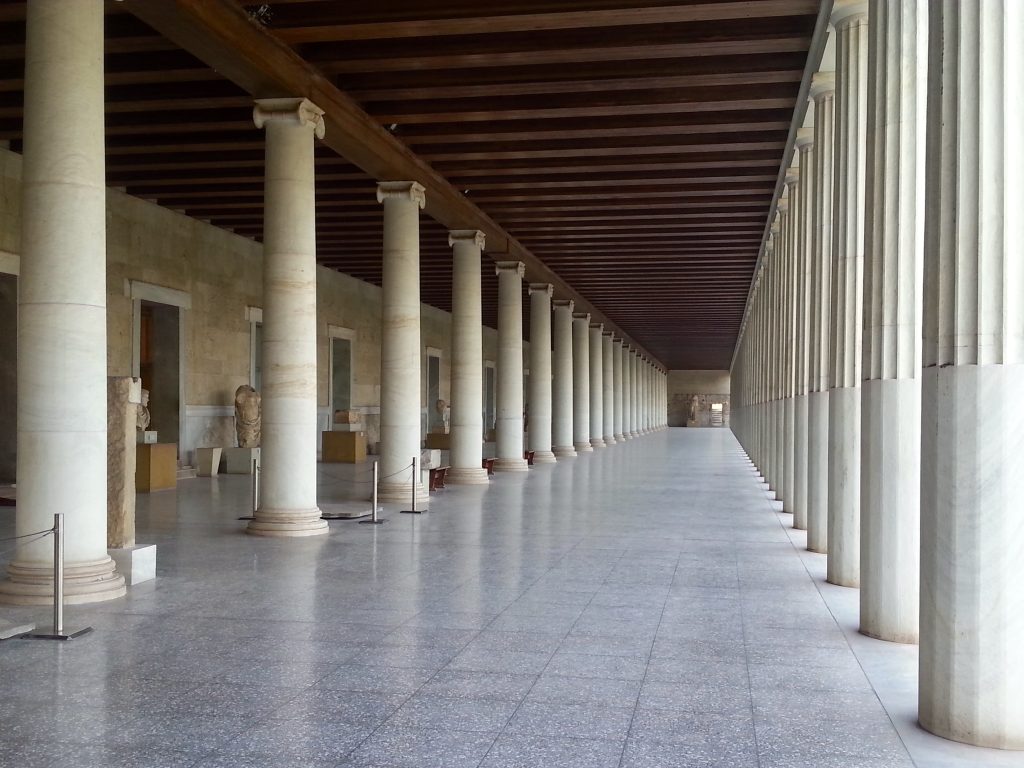
- Museums were born
Theory of character
Pure geometry forms to express the interior forms
- Étienne-Louis Boullée and Claude-Nicolas Ledoux → talking architecture (visionary designs, geometric forms and charged with symbolism)
19th CENTURY
Industrialization
The size of cities was insufficient → Walls were demolished, industrial and worker neighborhoods, new construction typologies (naves, harbors,…)
As a reaction to this revolution → a desire to evade reality and return past times appeared
- Historicism: Neo-Gothic, New-Egyptian, Neo-Romanesque
- Exoticism: Neo-Arabic, Neo-Indian, Neo-Chinese
- Mixture of elements
It supposes a more realistic art perspective
Anti-machinism: critical current linked to Romantic picturesqueness. It rejected the dreariness of the real world and longed for a return of an idealished medieval world (John Ruskin and William Morris, Interior of Red House)
The over-populated cities provoked a noisy, polluting atmosphere
20th CENTURY
Art Nouveau, Modernism, (Liberty)
“New art” called Art Nouveau in Paris and Brussels, Modernismo in Spain, Sezession in Austria, Jugendstyl in Germany or Liberty in Italy. It lasted a short time.
In Valencia: Estación del Norte (Demetrio Ribes), the Colon Market (Francisco Mora)
Antoni Gaudí (Catalonia)

Based in mudejar art and the medieval past. He used the trencadis, a kind of mosaic made of fragments of ceramic.
Victor Horta (Brussels)
Casa Tassel → Steel Structure, walls with drawings (Sgraffito) and a curved railing
Charles Remie Mackintosh
Expressionism (1910 – 1924)
Influenced by the diffusion of photography.
- Buildings built with expression, distoring the rational way to express the spirit
- The Glass Pavilion (Bruno Taut) → Built with concrete and glass, with a glazed coloured dome.
- Erich Mendelsohn
Cubism, Futurism (early 20th Century)
The aim was to eliminate the separations between interior and exterior
The time factor influences the perception of architecture
Futurism → Movement
Contructivism (1917 – 1930)
Reject the excess of bourgeois decorative charge and ornamentation, Abstract geometrization and social intentions that led into a mechanistic aesthetic.
As a result: Simplicity, geometric forms, share spaces and light and poor materials.
Ruslauv Workhouse
Neoplasticism (1917 – 1942)
Orthogonal composition → Planes, straight lines and pure colours.
Piet Moundain
Modernism (1919 – 1933 – …)
Functionality, industrialization, seriality, economy →
→ Elementary volumes, clean planes without decoration, straight lines, pure colours, flat roofs, large glazing and absence of facade hierarchies.
- Staatliches Bauhaus (1919 – 1930) → Combined fine arts and craftmanship
- Le Corbusier → 5 principles of rationalism: pilotis, free floor plan, free facade, continuous windows and roof garden.
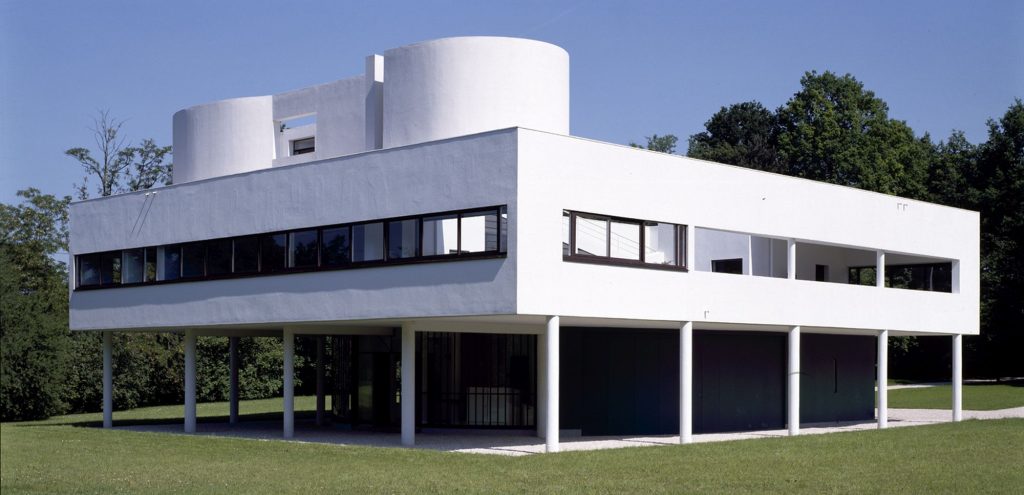
- W.Gropius
- F.LL.Wright (1867 – 1959)
- M. van der Rohe
Contemporary Architecture (1950 – 2022)
Continuity of revision, great complexity of proposals and adaptation of architecture to the needs of the human beings.
Vitra Design Museum